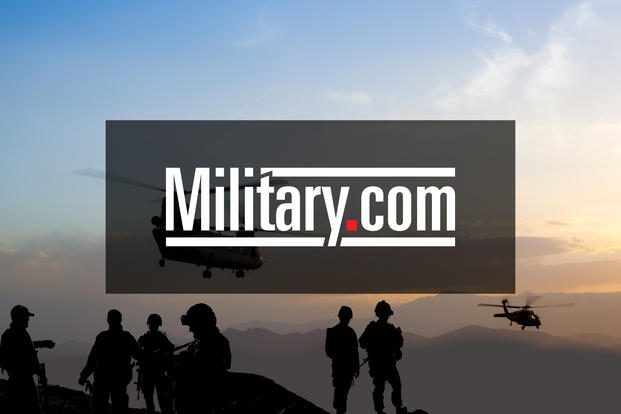The U.S. and NATO committed Saturday to a "long haul" plan for backing the struggling Afghan military and police with funding projected at up to $5 billion a year through 2020 -- with the U.S. picking up most of the tab.
The agreements announced at the NATO summit in Warsaw essentially met the requests of Afghan President Ashraf Ghani and Chief Executive Abdullah Abdullah, who came to the conference with a long wish list and met with President Barack Obama.
A White House fact sheet on "NATO's Enduring Commitment to Afghanistan" said the alliance had agreed to provide "financial support to the Afghan National Security and Defense Forces (ANDSF) through the end of 2020 and to sustain the (NATO) Resolute Support mission beyond 2016 using a flexible, regional approach."
Under the agreement, a total of 39 NATO and partner nations, such as Georgia, committed to maintaining more than 11,000 troops in Afghanistan beyond 2016 in Resolute Support, which is strictly a non-combat train and advise mission for Afghan troops and police.
The "flexible regional approach" meant the organization would maintain a presence in Kabul and at the huge Bagram air base north of the capital, and at existing coalition bases in Jalalabad in the southeast, at Kandahar in the southwest, at Herat in the west and at Mazar-e-Sharif in the north.
"Four allied nations have agreed to continue serving as ‘framework nations' -- Germany will lead in the north, Italy in the west, Turkey in the capital, and the United States in the east and south," the fact sheet said.
To pay for that, "the international community has pledged more than $800 million annually for 2018-2020, and the United States has requested $3.45 billion in our 2017 budget," the White House said. "President Obama also pledged that he will recommend to his successor that the United States continue to seek funding for the ANDSF at or near current levels through 2020."
"These funding commitments will allow the ANDSF to maintain its authorized force level of 352,000 personnel (including Afghan military, national police and local police) through 2020," the White House said.
As more international pledges are made, the total funding for ANDSF through 2020 was expected to approach $5 billion annually.
"We are very close and I am certain we will reach that level in order to maintain the same funding for Afghan security forces," Stoltenberg said. "So our message is clear: Afghanistan does not stand alone, and we are committed for the long haul," said NATO Secretary General Jens Stoltenberg.
Stoltenberg said the summit reached three key decisions on Afghanistan: "First, we agreed to sustain our Resolute Support mission beyond 2016, through a flexible, regional model.
"Second, we received firm national commitments to continue funding Afghan security forces through 2020. And third, we reaffirmed our support for a long-term political partnership and practical cooperation with Afghanistan," he said.
Earlier this week, Obama announced that 8,400 U.S. troops would stay in Afghanistan into next year, when a new president will have to decide on troop levels.
Obama had initially intended to cut the U.S. troop presence to 5,500 before he left office but changed course based on the recommendations of Army Gen John Nicholson, the top U.S. commander in Afghanistan. The current authorized level of U.S. troops in Afghanistan through the rest of 2016 still stands at 9,800.
The U.S. troops are split between two missions that will continue -- NATO's Resolute Support mission and the separate Freedom's Sentinel solely U.S. counter-terrorism operation against the remnants of al-Qaeda, an emerging offshoot of the Islamic State of Iraq and Syria, or ISIS, and other terror groups.
On his plane enroute to the NATO summit, Defense Secretary Ashton Carter told reporters traveling with him that it was as yet unclear how many of the 8.400 U.S. troops in Afghanistan next year will be committed to Resolute Support, and how many to Freedom's Sentinel, The Washington Post reported.
"We haven't decided," Carter said.
Of the 9,800 U.S. troops now in Afghanistan, about 6,950 are in Resolute Support and the rest are in Freedom's Sentinel. Both Resolute Support and Freedom's Sentinel come under the command of Gen. Nicholson.
--Richard Sisk can be reached at Richard.Sisk@Military.com.






























